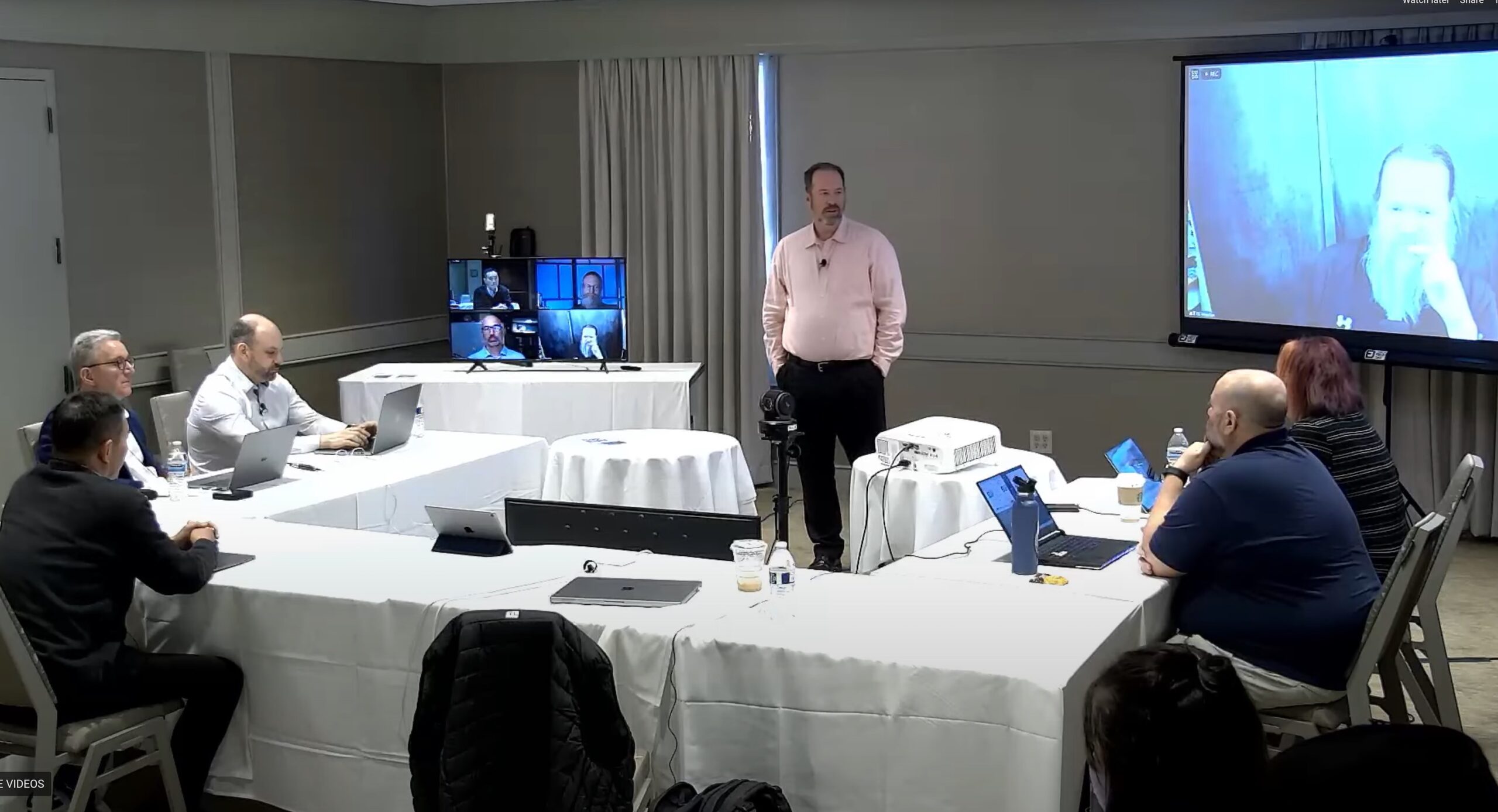Data is a critical business asset. Data is the new oil. Data is the driver of our new economy. We have all heard these statements, but how do we use that data and transform it into part of the future we all want?
The answer is in ML. AI techniques, be it with deep learning, or ML, or traditional methods, take raw data and shape it into insights and action for businesses to grow. This lake of raw data realizes business value.
The People and the Platform
Currently, 80% of a data scientist’s time is spent doing mundane tasks, which Red Hat is trying to solve.
A data scientist is an emerging talent that advances businesses into the AI/ML future. They need to be facilitated to do their jobs instead of buried under a mountain of tasks.
What does a data scientist care about? According to Red Hat, at the first AI Field Day, a data scientist wants a self-service cloud-like experience for their AI and ML projects. This cloud-like resource needs to access a rich set of modeling tools, data, and interpretation resources. It also needs to have sharing abilities. Users can collaborate, share ideas, and deliver their work into production with speed, agility, and repeatability so that these applications can drive business value.
Data scientists couldn’t care less about the underlying infrastructure platform. They care about how they work with it, how it integrates with the ML tools and learning, and how it provides agility, flexibility, portability, and scalability. To execute AI and ML projects, data scientists need access to software tools, chains, be it Jupiter, Python, or TensorFlow and DevOps tools, toolchains – the list goes on.
They need to access ML data pipelines and sources that might have data in various databases, data lakes, and file systems, and they need to do ML experiments. For that, users need compute – access to GPU, FPGA, different types of hardware accelerators, and much more.
This is the conceptual architecture that Red Hat is working on.
AI Concept Execution Challenges
If you look at the execution challenges for AI, the first one is access to data. How do users harness the data that they need to analyze to make sense of? Secondly, a lack of access to quality data and preparation, and thirdly, the talent shortage. Accessing data scientist talent is challenging, especially when they are in such high demand.
Operational challenges involve a lack of demand for this type of on-demand infrastructure and tools, especially when it comes to doing it in a self-service way, be it access to ML tools, or data. Another massive challenge is the complexity of operationalizing AI and ML. How does Red Hat create collaboration and sharing of workflows with colleagues? How does it embed applications and application workflows and manage the end-to-end lifecycle?
Why Do We Need to Put So Much Effort into AI and ML?
What exactly are the benefits of AI/ML? According to Red Hat, Increased customer satisfaction with products and services, gaining competitive advantage by offering differentiated services that can’t be easily emulated, saving time, and creating valuable data insights. This flows downstream to create increasing revenues – the happier the customer, the better the product, the more consumers will want to use a business.
Businesses can also make a better diagnosis of their services and products. For example, financial services can use AI and ML to have better risk analysis or create personalized services, in telco there is improved network detection using ML techniques, in automative – who has not heard of autonomous driving?

So What?
In the last decade, AI and ML have gone from fantasy to reality. They are now the driver of the future. It is another one of those get in or get left behind things, like cloud. One of the main things driving ML and AI is the abundance of data. We already talked about data being the new gold and companies wanting to make sense of it to realize business value.
Open source, a Red Hat specialty, unlocked access to ML frameworks and software. All of this data, software, and compute has made AI and ML more real.
AI and ML will add $13 trillion to the world economy added by 2030. This is not something that will come and go, not just a flashy trend. This is here to stay.




